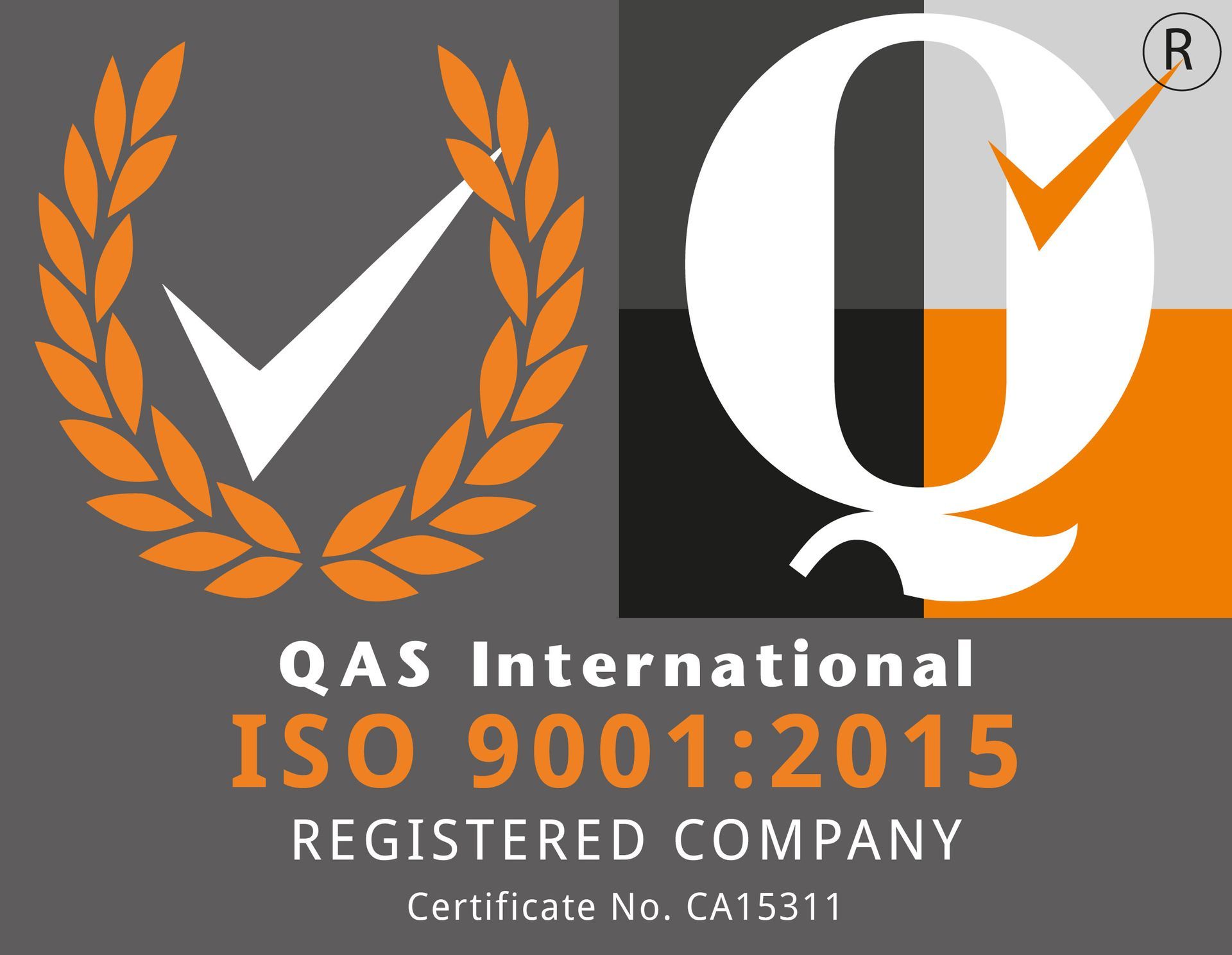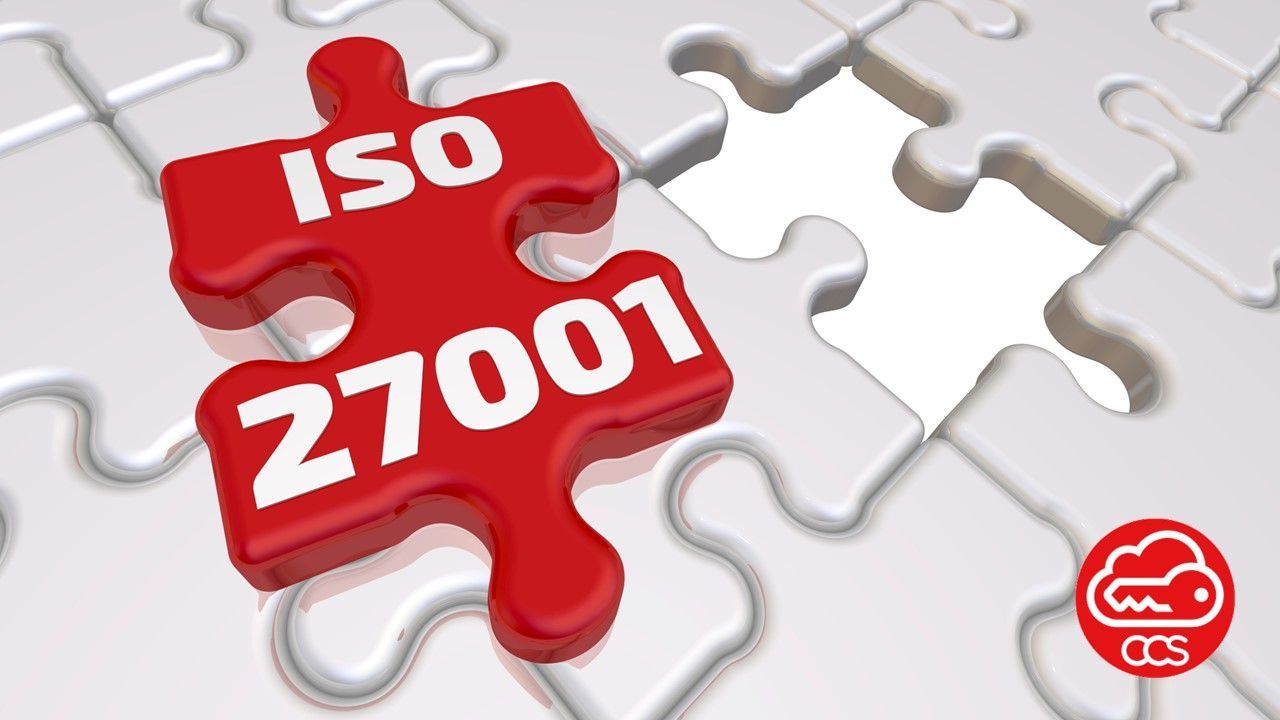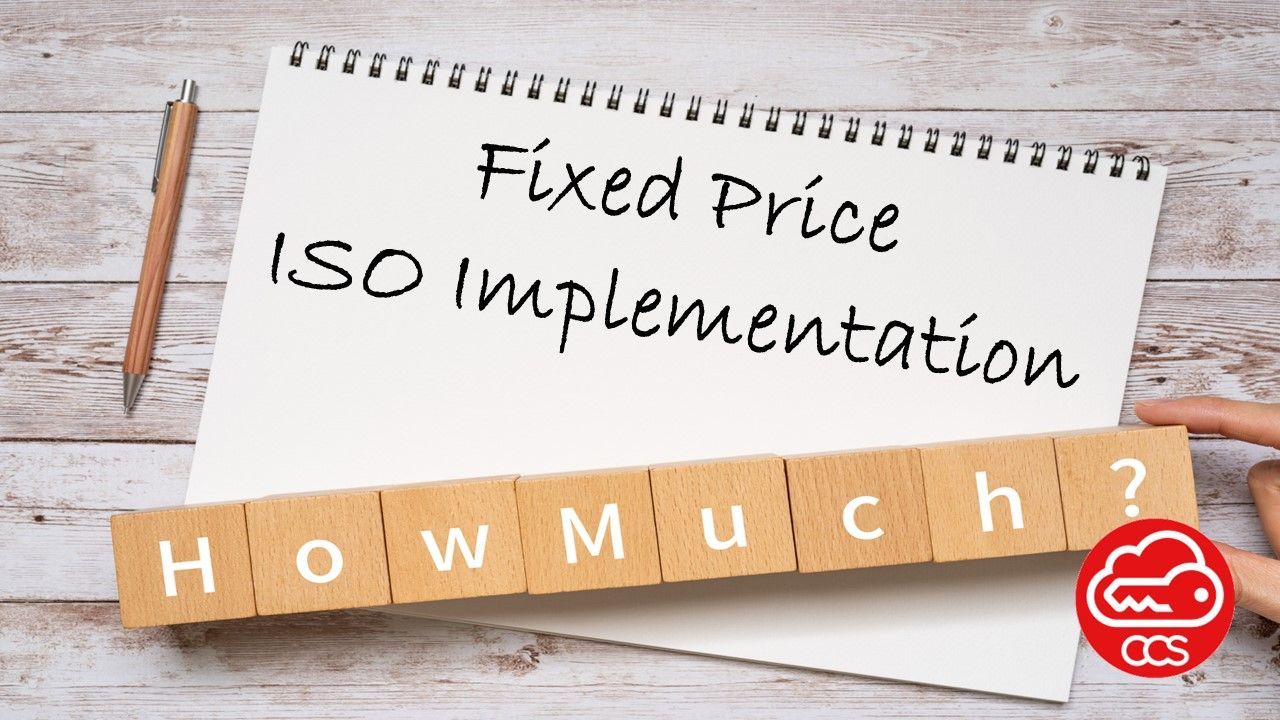Building a Strong Foundation for an Effective ISMS:
The Six Areas to Address for ISO 27001:2022
In the contemporary interconnected landscape, safeguarding information has emerged as a pivotal priority for businesses. To tackle this challenge, the International Organisation for Standardisation (ISO) introduced ISO 27001:2022, delineating six comprehensive areas to address for establishing and upholding an effective Information Security Management System (ISMS).
These areas serve as a guide for organizations to safeguard their sensitive information, mitigate risks, and showcase their dedication to information security. In this piece, we'll explore the six areas of the ISO 27001:2022 process, highlighting the fundamental steps involved in building a resilient ISMS.
The six areas of the ISO 27001:2022 process:
Area 1: Understanding the Organization and its Context
The initial area involves delving deep into comprehending the organization, its information assets, business processes, and stakeholders. By grasping the context, an organization can pinpoint potential security risks and align its ISMS accordingly. This area facilitates the development of an ISMS scope tailored precisely to encompass the organization's information security needs, ensuring a customized and effective approach.
Area 2: Leadership and Commitment
Securing leadership support is pivotal for the successful implementation of an ISMS. This area entails garnering commitment from top management, formulating an information security policy, and delineating clear roles and responsibilities for information security. Leadership buy-in guarantees that information security is prioritized and ingrained throughout the organization's culture, fostering a proactive and security-conscious milieu.
Area 3: Planning
Planning stands as a crucial area enabling organizations to pinpoint and assess information security risks. Through conducting risk assessments, defining objectives, and establishing controls, companies can chart a course for information security implementation. This area also involves formulating an implementation plan, setting measurable targets, and allocating necessary resources. Through meticulous planning, organizations can pre-emptively tackle vulnerabilities and safeguard their critical assets.
Area 4: Implementation
The implementation area entails putting the ISMS into action. This encompasses training employees on information security policies and procedures, establishing robust communication channels, and documenting the system for clarity and consistency. Methodically and comprehensively implementing the ISMS ensures that information security practices become ingrained in day-to-day operations, diminishing the risk of human error and vulnerabilities.
Area 5: Evaluation, Including External Audits by Independent or Accredited Certification Bodies
Evaluating the ISMS's effectiveness is imperative to ensure ongoing improvement and compliance. This area involves monitoring and measuring the ISMS's performance against defined objectives, conducting both internal and external audits to unearth any gaps or weaknesses, and scrutinizing the system's overall effectiveness. This is a pivotal phase where organizations assess the efficacy of their Information Security Management System (ISMS). In addition to internal audits, external audits conducted by Independent or Accreditation Certification Bodies play a pivotal role in validating the organization's compliance with the ISO 27001:2022 standard. These external audits bring an objective perspective and a higher level of credibility, ensuring that the ISMS adheres to internationally recognized information security requirements. By engaging with external auditors, organizations gain assurance of their robust security practices, bolster stakeholder trust, and validate their commitment to safeguarding sensitive information.
Area 6: Improvement
The final area centres on propelling continuous improvement in information security management. By identifying avenues for enhancement and undertaking corrective actions, organizations can refine their ISMS and stay ahead of evolving threats. This area underscores the significance of a proactive and adaptive approach, enabling organizations to respond promptly to emerging risks and technological advancements, thereby fortifying their overall security posture.
ISO 27001:2022 furnishes a six areas that empowers organizations to build and sustain a robust and effective ISMS. By adhering to these areas, companies can attain a comprehensive understanding of their information security needs, secure leadership commitment, strategize effectively, implement meticulously, assess performance, and foster continuous improvement.
Investing in ISO 27001:2022 not only safeguards critical data but also burnishes an organization's reputation, fosters trust with stakeholders, and ensures compliance with industry standards and regulations.





